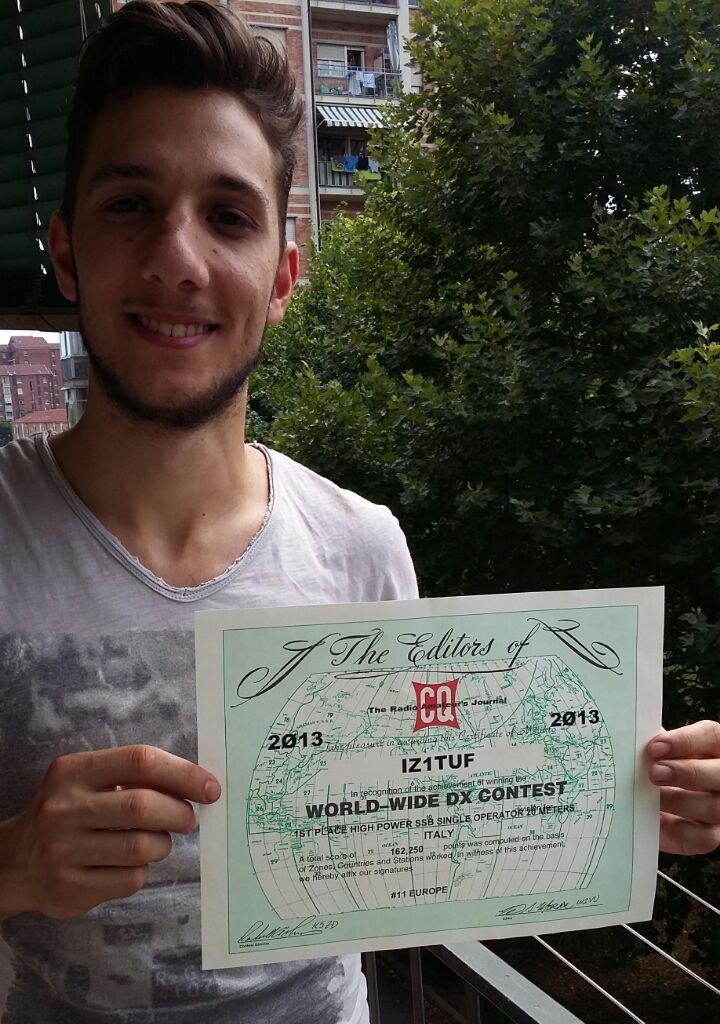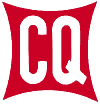We love seeing the response as CQ WW certificates arrive around the world. From Facebook posts to emails, everyone loves showing off their radio accomplishment to friends and family. For example, VU2CVS wrote a nice note, “I am pleasantly surprised to receive the CQ WW Contest certificates for both CW and SSB for the year 2014. These are my first contest certificates! I very much appreciate the time and effort that you put in for this enormous work.” Lorenzo IZ1TUF wrote, “Yesterday I received the certificate about my Italian 1st place in cqww ssb 2013. To receive this certificate was for me a big surprise…”

The economics of managing a paper ham radio magazine has been challenging. CQ has reduced their level of sponsorship for the contest over the years. They were no longer willing to pay the printing and postage required to send the more than 7000 certificates needed for the 2013 and 2014 contests.
The World Wide Radio Operators Foundation (WWROF, wwrof.org) has stepped up to temporarily fill the vacuum. They pitched in to cover the cost of printing and mailing the certificate backlog (not only for CQWW, but also CQ 160m and CQ WPX). The WWROF is a non-profit organization that was founded to promote the sport of contesting and the hidden infrastructure that helps make it possible. We greatly appreciate their generosity.
The CQ WW DX Contest certificates are a large 9.5″ x 12.5″ in size. This requires the use of the lightest possible envelope in order to stay under 1 ounce of postage. You may have noticed the address is printed directly on the envelope in order to avoid the extra weight! The envelopes are so thin that some are destroyed by the post office machinery…
The certificate printing costs are around $1000 USD per contest. Postage is slightly more than $1 USD per certificate. CQ WW SSB 2014 had 2,061 certificate winners. CQ WW CW 2014 had 2,105 certificate winners. It adds up to over $5,000 per year just for the CQ WW DX Contest. That money has to come from somewhere.
The Future
CQ Magazine continues to be a strong supporter of the contest. The WWROF has been very generous in providing the financial support for the 2013 and 2014 certificates. Unfortunately, this model of free certificates is not sustainable without a source of sponsorship.
There is one easy thing you can do to help. If you don’t want to receive a certificate, you can state that by using the new Cabrillo header tag CERTIFICATE: NO. This will tell us not to send a certificate to you.
I would like to share several options that we are considering.
- Stop sending paper certificates completely. The cqww.com web site already allows every participant that submits a log by the deadline to download their own certificate in Adobe pdf format.
- Only mail certificates to first time winners. This helps keep the excitement of winning a first certificate alive, while dramatically reducing the costs.
- Offer paper certificates only upon request and for a small fee. This is more work for us, but provides a method for the certificate winners to help fund the expense.
- Ask logging software developers to support the CERTIFICATE tag and set it to NO as the default setting.
- Fold the certificates in half and trim the paper size in order for them to fit in a standard 6″ x 9″ envelope. This offers significant postage rate reduction.
- Work with WWROF to raise funds to continue the certificate program.
We all understand the challenge of rising costs and limited revenue. Services need to be reduced or new revenue sources discovered. We look forward to your support in whatever path we choose.
Please use the comment area below to share your feedback and ideas.
